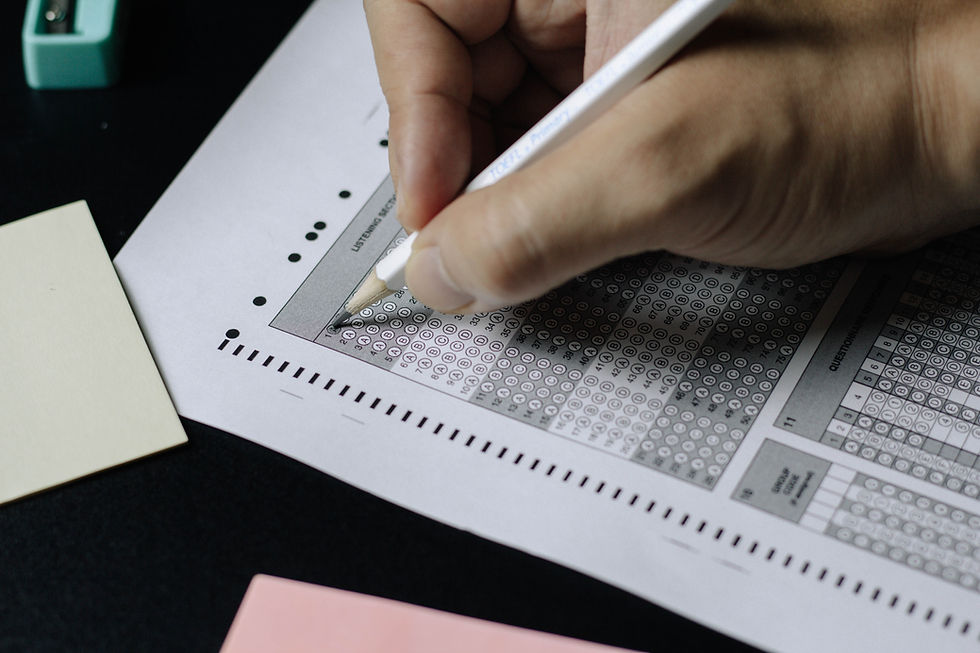Introducing the Digital Detox Journal: A Personalized Guide to Reclaiming Your Time
- Asociatia Start 123

- May 1
- 3 min read
In our always-on world, screens demand more of our attention than ever before. Whether it’s answering work emails late at night or scrolling through social feeds during family time, excessive device use can leave us feeling depleted, stressed, and disconnected from what truly matters. The Digital Detox Journal is designed to help you notice these patterns, build healthier habits, and rediscover the joy of offline life—all through playful, creative, and self-reflective exercises.
Why a Digital Detox Journal?
Awareness through play. By treating habit-tracking like a game—complete with coloring, cutting, and scoring—the journal transforms self-monitoring into a fun, low-pressure activity. Positive reinforcement encourages you to focus on wins (time spent on hobbies) rather than feel guilty about screen time.
Holistic self-reflection. Beyond mere numbers, the journal invites you to reflect on emotions, symptoms of overload, and personal goals, fostering deeper insight into how digital habits affect your well-being.
Flexibility for all ages. Whether you’re a busy professional, a student, or part of a family unit, the journal’s customizable pages and collaborative “family mode” make it adaptable to any context.
What’s Inside the Journal?
Character Creation. Kick things off by mapping out your interests and current screen habits. This survey-style page helps you visualize where digital burnout might be creeping in—and what activities you’d rather prioritize.
Awareness & SymptomsLearn to spot the signs of digital overload in yourself. This section briefly explains common symptoms (e.g., eye strain, irritability, sleep disruption) and prompts you to note which you’ve experienced, building informal health literacy around screen use.
Daily Summary. Each day, record:
Screen time (hours spent)
Symptoms observed (e.g., headaches, fatigue)
Offline activities and how many hours you devoted to themPoints are awarded for each technology-free hour—as you rack up wins, motivation grows organically.
Visual Progress Tracker. Track your journey with themed, illustrated charts. Watching your offline-activity scores climb week by week provides a tangible reminder of progress—ideal for sharing or displaying as décor.
Tips & Activity PageStuck for ideas? Flip to a curated list of screen-free suggestions—everything from nature walks and journaling to origami and board games. Mix and match to keep things fresh.
How to Use It
Set Your Intentions. Spend a few minutes on the Character Creation page to define what “success” looks like for you—more creative time, better sleep, deeper conversations?
Track Daily, Reflect Weekly. A quick daily log takes under five minutes; review your Visual Progress Tracker at the end of each week to celebrate achievements and adjust goals.
Play Together. For families or teams, print select pages in A3 format, laminate them, and turn tracking into a group challenge—who can earn the most “offline points” this week?
Reinforce Positivity. Focus on the activities you enjoyed most. Share your favorite entries on social media with #DigitalDetoxJournal to inspire others.
The Benefits You’ll Notice
Reduced Stress & Anxiety. Turning habit-tracking into a game lowers resistance and fosters a sense of playfulness.
Improved Sleep & Focus. Logging screen time highlights patterns—once you see how late-night scrolling impacts rest, it’s easier to set firm boundaries.
Stronger Connections. Prioritizing face-to-face interactions over notifications strengthens relationships.
Creative Renewal. As you explore new hobbies, you’ll uncover interests that have lain dormant under your device glow.
Ready to Start? Download the Digital Detox Journal PDF, grab your favorite pens and scissors, and embark on a month-long journey to reclaim your time, attention, and well-being. Let the playful path to digital balance begin!




コメント